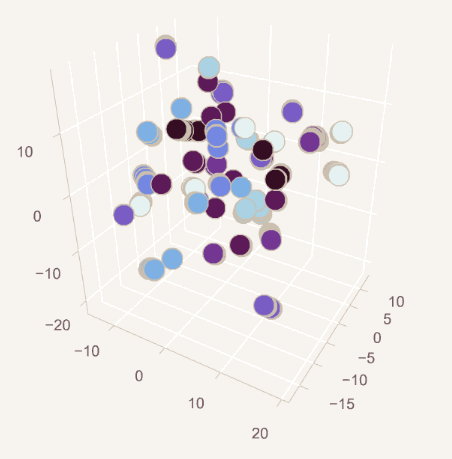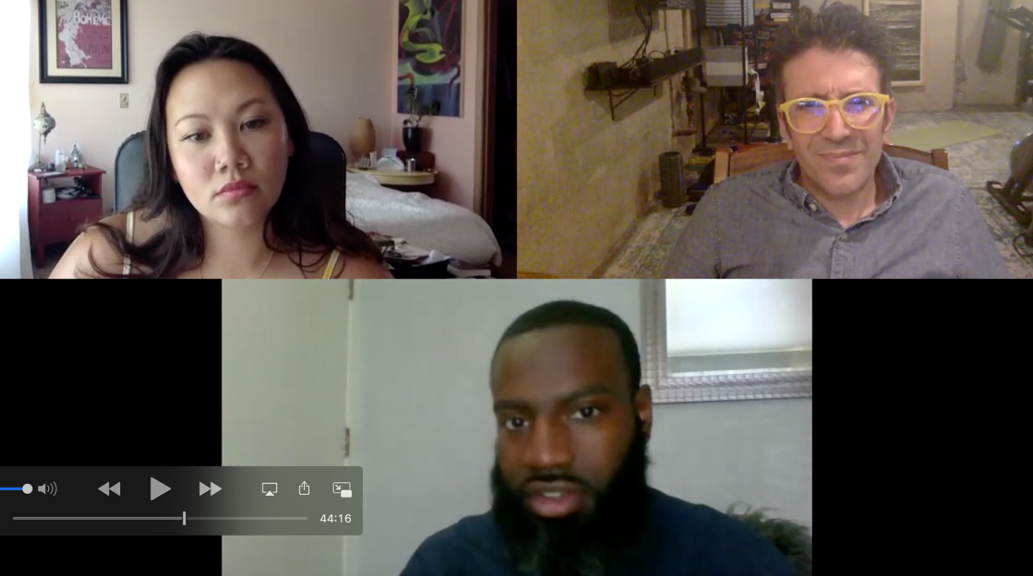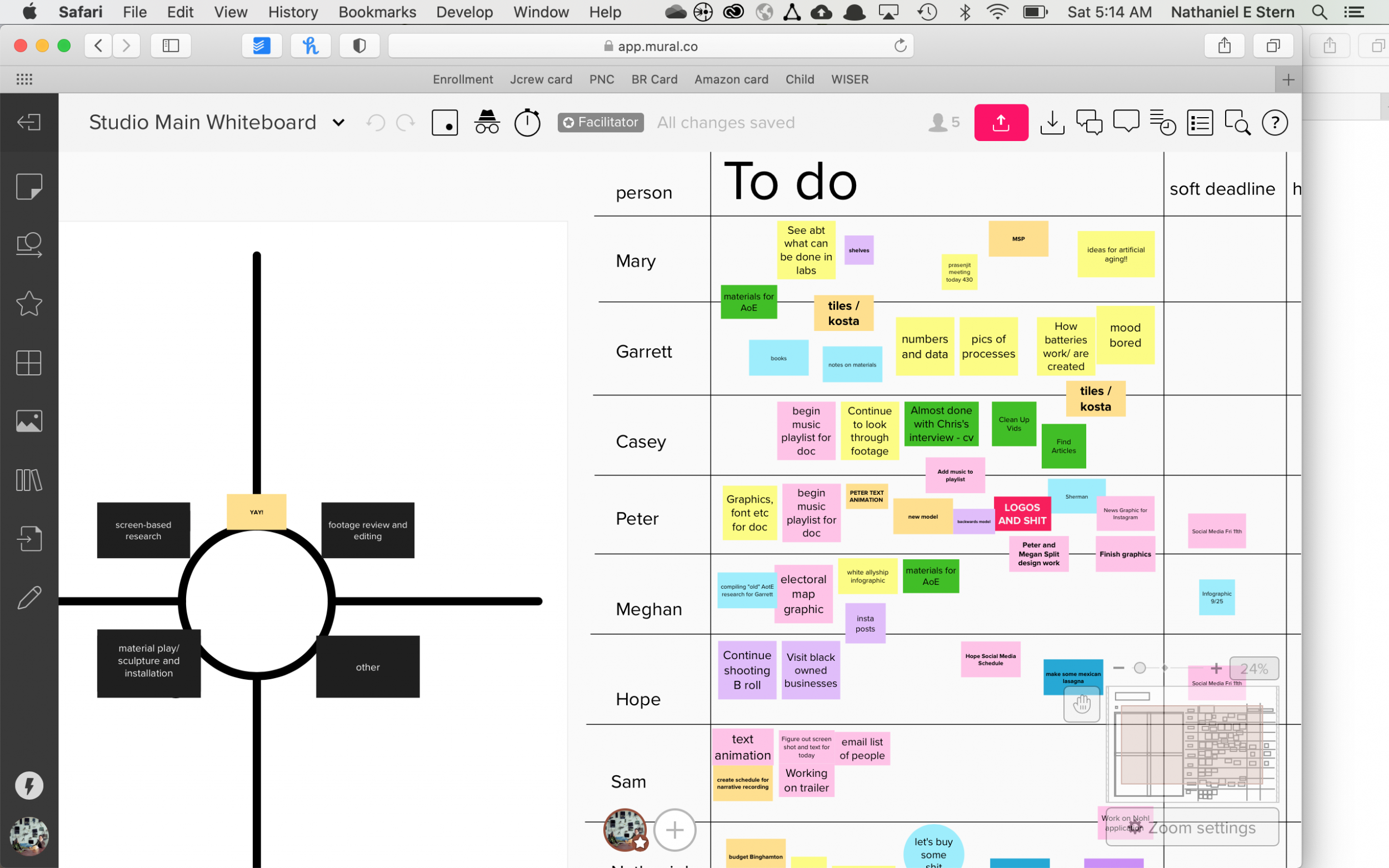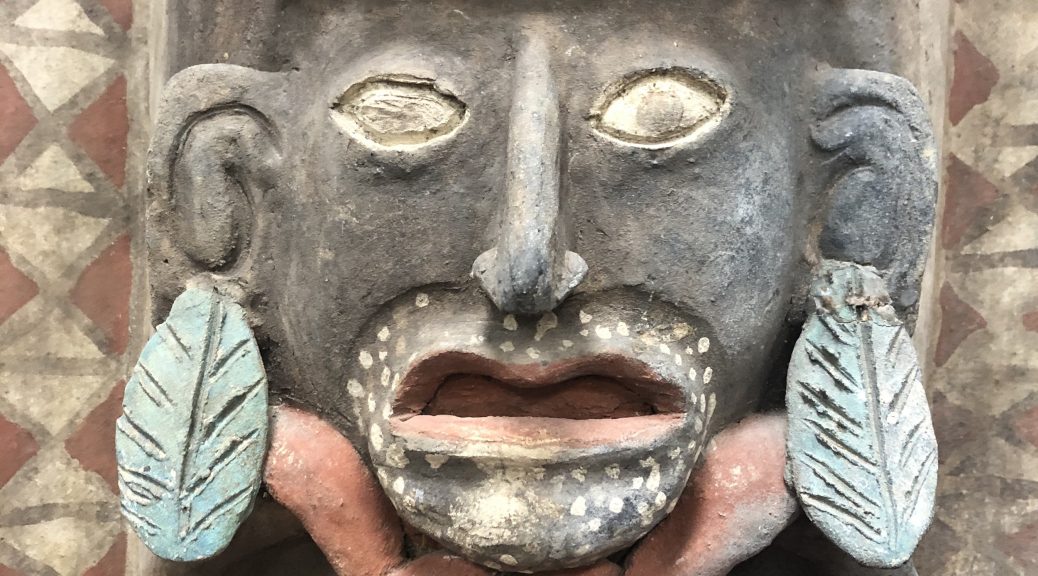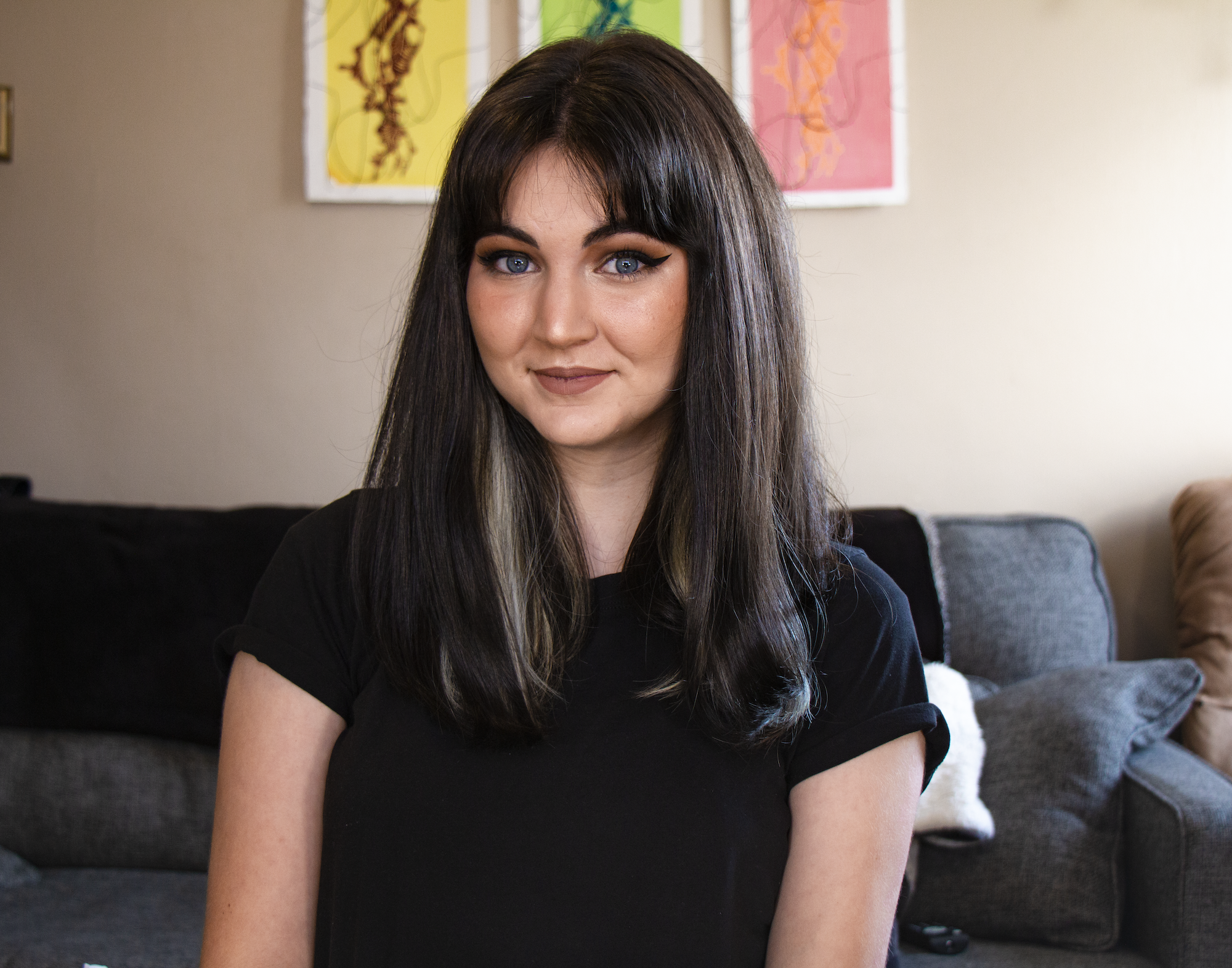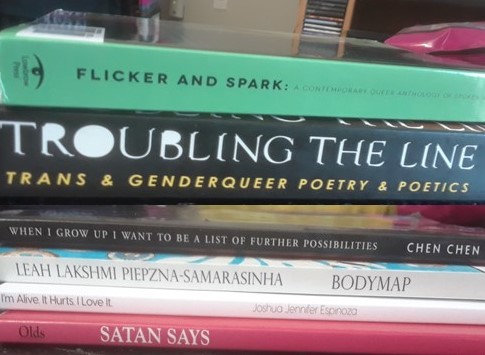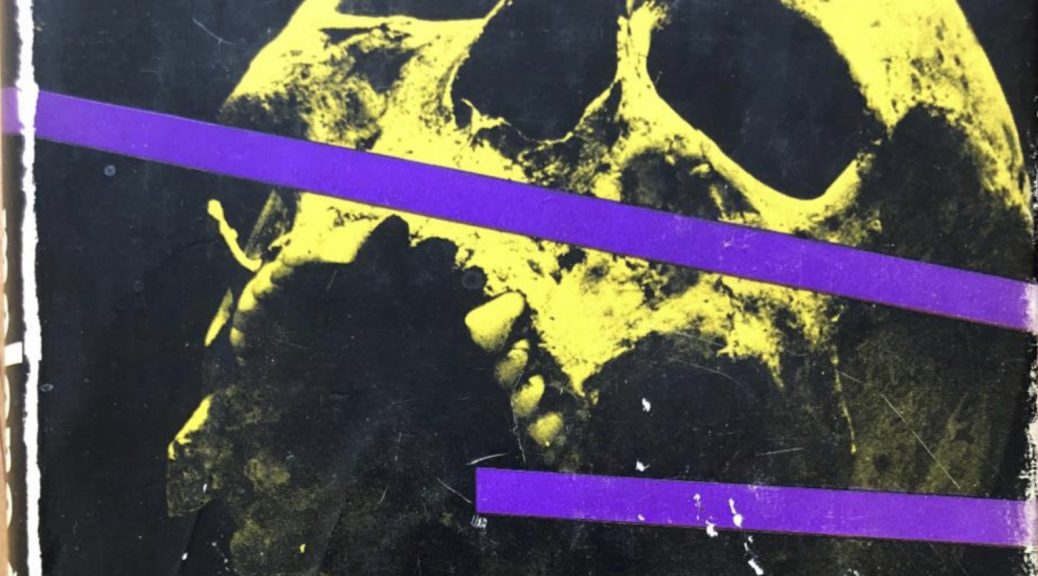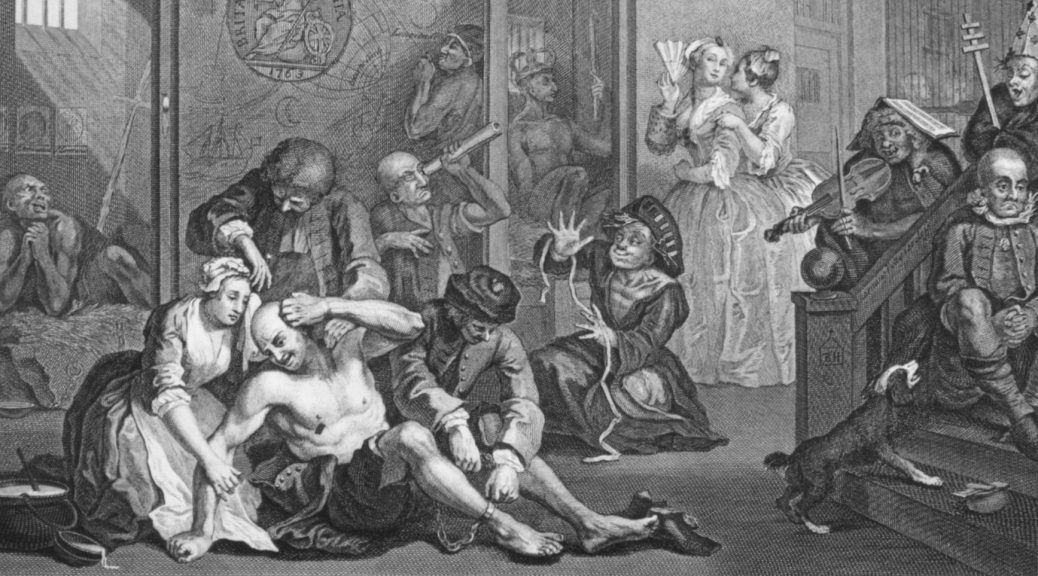In my last post on co-authoring with undergraduates, I shared my experience collaborating with undergraduate co-authors on a humanities research project. I gained some valuable insights from the process of co-authoring an article that emerged from that project. That post, published in December 2022, was completed shortly after we had submitted that article to a scholarly journal. At the end of the post, I promised a second post addressing the peer review process. I am truly delighted to be able to provide that update now, shortly after we were notified that the article was accepted after a substantive revise and resubmit. Here, then, rather sooner than expected, I share three insights from my experience navigating peer review with my co-authors.
The journal to which we submitted our article in November responded both quickly and prolifically, providing within two months no fewer than four (!) detailed and thoughtful readers’ reports that collectively recommended specific major revisions. I understood this to be surprisingly good news: when we had submitted to a well-respected subfield journal, I had anticipated that we would get informative rejections that would help us revise before submitting to a lower tier venue. However, it quickly dawned on me that most faculty members have very different experiences and expectations for writing feedback than undergraduates do. This was especially true for undergraduates like my co-authors, whose academic careers had been spent at a small liberal arts college they chose because of its supportive professors. In other words: the most critical comments any professor had offered on their writing had nothing on the infamous Reviewer 2!
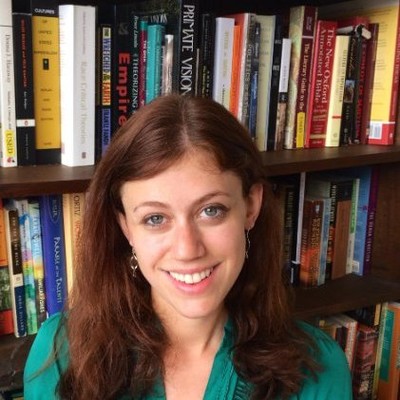
What to Expect, Part I: Contextualize the Process
The readers’ reports were generous, clearly written with an awareness that they would be read by undergraduate researchers. Even so, they did not hold back from candid criticism of the weaker parts of our argument. Before sharing the reports, then, I framed them for the students. I explained both that I had been prepared for a rejection and that this expectation was based not on any perceived weakness in their writing, but rather was my baseline expectation for first submissions. I also explicitly unpacked the differences between professorial feedback and readers’ reports, prepared them to receive less gentle comments than they had previously enjoyed, and offered my honest interpretation of the reports: that they were blunt in pointing out the areas that needed the most work, yes, but that the explicit praise they offered on matters large and small was an indication of sincere excitement about the project. Once we had talked this through, I shared the reports with them. After they had had a chance to review them, we met up in person. We began by processing the experience on a personal level, and I validated both the pride they expressed in the compliments our work had been given and what we had already achieved together, and the prickly defensiveness they admitted had flashed up at the harsher assessments. My preparation on the front end, the rapport we had built over the course of the project, and the real-time, face-to-face format in which we were debriefing made this an effective way to move past negative reactions and into the second part of our work that day: coming up with a shared list of small and large revisions to be made, delegating each revision item to the person initially responsible for drafting that section, breaking those items down into smaller scaffolded tasks, and agreeing on a timeline by which each task would be completed and shared with the group.
What to Expect, Part II: Practice the Humility You Preach
Many of the revisions were located in the textual readings on which the students had taken point, and identified issues common even to the most talented undergraduate writers: first, insufficient engagement with current scholarly conversations on the text or topic at hand, requiring another (focused and abbreviated!) research pass; second, slightly too opinionated responses to texts, requiring a reframing to emphasize analytic interpretation rather than personal preference. However, the reviews also suggested that at the largest scale the argumentative framework was stretched too thin, and that the opening in particular was a bit overstated, calling for a reframing to center what they all found to be the very compelling heart of the argument. This was entirely on me—the result, I think, of trying to preserve every insight that had been meaningful to our group throughout the process, rather than really honing in on the strongest arguments. Revision meant not just shepherding the students through modesty in accepting major critiques, but demonstrating that modesty myself. We talked about this openly and agreed that I would send them my revisions while they were still researching theirs, both to help guide them in targeting the newly refined argument, and to model what a real overhaul rather than surface edits looked like. All of the readers who responded to the revised article not only recommended publication with extremely minor edits, but also expressed admiration at the depth and breadth of revisions we had taken on.
What to Expect, Part III: Carry the Load
I will take every opportunity available to praise the intellectual maturity, enthusiasm, and dedication of my student co-authors: they are both superstars. Even so, as in the first stage of the process, I had to do a lot of project management during the R&R. The majority of our substantive work was truly collaborative, but I quickly realized that it would be much more efficient simply to take the fiddly little details on myself rather than insisting on doing everything together. Copy-editing, double-checking citations, trimming our revised piece back down to word count, and drafting the editorial memo: I asked for their review and approval of the final results, but my taking point on these saved us all a lot of time (and, I think, is only fair given that the students were at this point recent graduates with full-time jobs, while this labor was actually work toward my full-time job!).
In all, I found the process of co-authoring with undergraduates to be both smoother and more rewarding than I had anticipated. Look out for our forthcoming article, “Collectivism as Adaptation in Climate Fiction,” in ISLE: Interdisciplinary Studies in Literature and Environment, and in particular for the first academic bylines of Southwestern University graduates Col Roche and Elena Welsh!
Note: I published my last post under the name Rebecca M. Evans.




